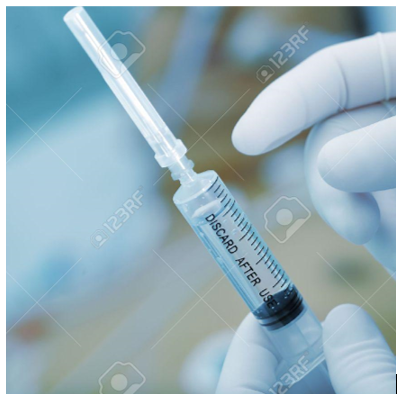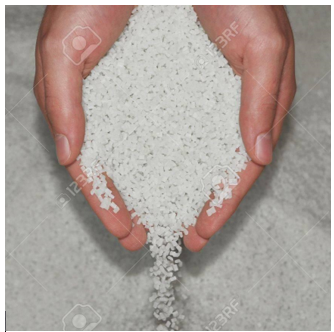The evolution of plastic manufacturing technology
Plastics was first created by Alexandre Parkes in the form of Parkesine, a cellulose based semi-synthetic thermoplastic substance. Consequently, there was the advent of synthetic resin, cellophane wrap, rayon fabric, polyethylene PVC (polyvinyl chloride), and many others.
Current State of Plastic Manufacturing
Rapid developments in technology have triggered the creation of a variety of plastic materials, which in turn has radically increased the consumption of plastics. Along with these new types of plastics, manufacturing processes were developed for each different type such as Blow Moulding, CNC Machining, Vacuum Forming, Polymer Casting, Injection Moulding, Plastic Extrusion, Rotational Moulding and many others, each specifically designed for a type of plastic and its intended uses.

The increased consumption came along with it an increased need for productive manufacturing methodologies that will lower the production costs. So far, plastics can be broadly classified into elastomers, thermosets and thermoplastics. Elastomers are known for their flexibility and include substances like silicones and neoprene. Melamines, polyurethanes, phenolics, and epoxy-based materials, which have a soft consistency and are resistant to re-melting, fall under the category of thermosets. Thermoplastics, soft in consistency with re-melting and recycling capabilities, are the most widely used type of plastic. Polystyrene, nylon, polypropylene and polyethylene fall under this category. Manufacturing these types of plastics usually require the use of a variety of large machinery to produce a large amount as fast as possible.
Future Trends in Plastic Manufacturing
The search for new high performance plastics have always been one of the major goals of the plastic manufacturing industry as well as a way of making plastics sustainable to the planet.
The continual improvement of technology has led to novel and improved methods of manufacturing plastic products. One of the growing trends is 3D printing, where it is a form of additive manufacturing. Plastic products are created via layering as required, thus massively reducing the waste generated as well as allowing more complex forms to be produced.

Pioneering advancements are being made in this industry via the advent of bioplastics as the world is increasingly becoming aware of the environmental effects of traditional petroleum based plastics. Greener, more environmentally friendly plastics are increasingly in demand. Eco-friendly bioplastics, which are based on polymer resins from plants, find a wide array of applications in electronics, telecommunications, aerospace, automotive and other markets. Plastics that decompose with the help of bacteria have also been developed.
Research and development are an integral part of the plastic industry, as older products become obsolete and newer materials with better performance become widespread in the market. The industry move towards a greener, sustainable future has also produced many methodologies that are an improvement to traditional manufacturing.




